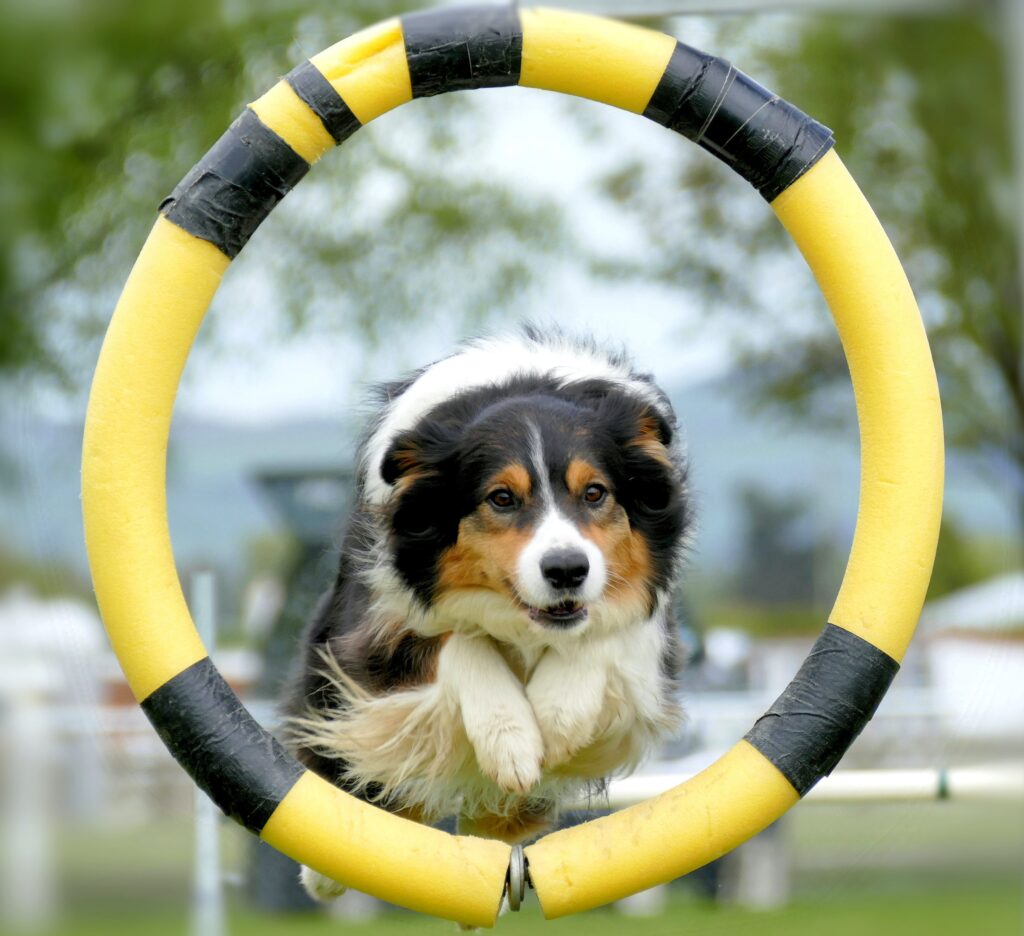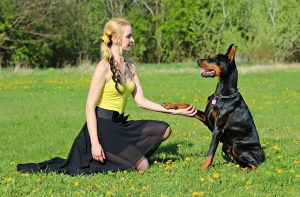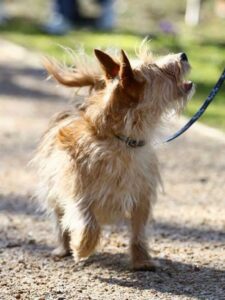Need help with Reactive Dog Behaviour? Join my FREE Facebook support group...
How to Speed up your Dogs Training with Markers
.A marker is a simple, but precise, way of telling your dog he’s done a good thing. Not only will you speed up your dogs training by introducing a marker signal. You can also use it to boost his confidence, and it will encourage him to maintain a behaviour he is already doing.
So how does it work?
The sooner you can let your dog know he’s done a good job the better. A marker acts as precise indictor that helps your dog know exactly what you wanted from him. The clearer you are about what you want, the more likely he’ll repeat the right thing.
Think of it like a sort of IOU. When your dog hears or sees the marker signal, he’ll know he’s done well and his reward is on the way! This is much more precise than using a reward on its own, and it means you can reward a behaviour when he’s not in front of you too. Imagine trying to feed your dog a treat while he is in mid air or running through a tunnel! The marker solves this problem!

You can also reward a behaviour multiple times in a row without interrupting it to offer a treat . This is perfect for loose lead practise as there is no need to stop after every step to give a treat – you just keep walking and clicking!
Some people use a clicker as a marker, but simple words and signals can work well too. You should pick one that comes naturally you, but to give you an idea, common suggestions are “yes”, “nice”, or a simple thumbs up!
Introduce your marker!
To be effective you’ll need to teach your dog to associate the marker signal with something he likes. Normally, this would be a treat, but you could use anything he values such as a toy, game, or attention.
If you’re using treats, choose little ones, and get a pile ready. Have a treat ready in your hand and offer it to him. As he takes it, make your marker signal. Now just repeat this over and over, ideally over a period of days, so that he is in no doubt that the signal = reward!
Now you can start using it as part of your training! Every time he does something you want, use your marker, then offer the reward!
Putting your markers to good use
There are two main ways to use markers to speed up your dogs training.
The first is to create a new behaviour. In this case you can either wait for the behaviour you want to happen by itself. Or, you can help your dog achieve it. Either way, get ready to use your marker at the exact second he does what you want.
For example; if you are teaching your dog to look at you, you first wait for the eye contact. You could help him out by making a noise, or pointing to your face, or just wait. Then at the exact second he looks up at you, use your marker signal, then you can offer a reward after.
If you had used a treat only, it is likely that by the time you got your treat out the moment would be lost. It might also have distracted the dog and prevented the behaviour in the first place. The click is much more precise.
The second way is to maintain a behaviour he is already doing. So imagine your dog pulls on the lead in some situations but not others. Start in a loose lead situation and start clicking while walking towards a non-loose lead situation. He’ll maintain the loose lead for much longer than normal, and eventually, the whole time, if you keep clicking.
You can also use it to boost confidence and as a predictor. This is not so straight forward so I’ll save this for another blog!
How can I help you introduce markers to your dog?
Private Dog Behaviour Consultations are currently available in the Dundee area and beyond, or via zoom. If you are looking for help solving your dogs behaviour and training problems, then please get in touch!


